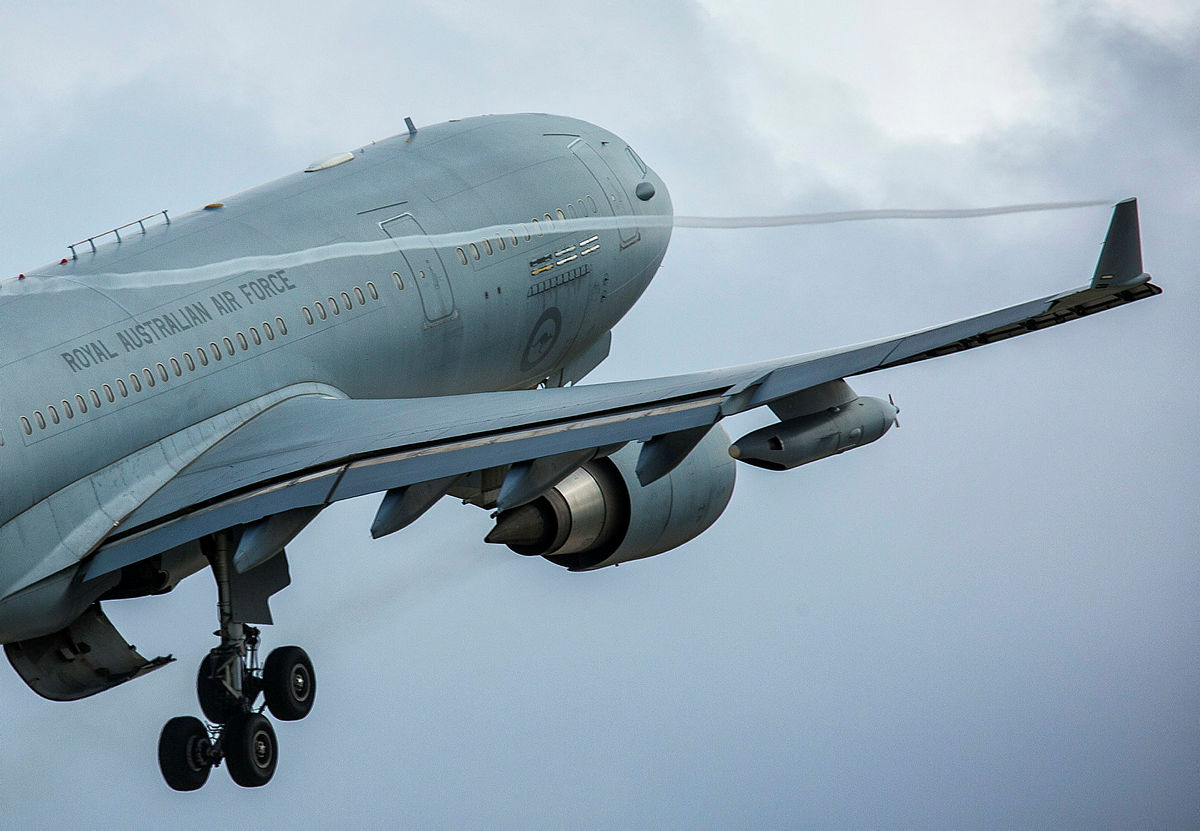
Sea state
The first of Canada’s 15 new frigates is expected to be in the water in just over a decade, two to three years later than estimated. The ultra-modern combat vessels are modelled on the same BAE Systems Type 26 design that will be used by the British and Australian navies, but the Canadian vessels will accrue additional production delays for their unique combat systems, with both air and anti-submarine capability. Canada’s Irving Shipbuilding anticipates cutting steel on the first frigate by mid-2024.
The Philippines’ new guided-missile frigate BRP Antonio Luna has arrived in home seas, after its ahead-of-schedule completion by South Korea’s Hyundai Heavy Industries. This second and final Jose Rizal–class frigate in the nation’s multibillion-dollar upgrade program has four anti-ship missile launchers and potential capability for surface-to-air missiles. Hyundai provided additional improvements in a ‘goodwill gesture’ estimated to have cost US$7.4 million. The frigate increases the Philippines’ maritime power projection but is unlikely to prevent Chinese encroachments into its maritime space.
Flight path
Last Monday, the first of four Boeing KC-46 aerial refuelling tankers planned for the Japan Air Self-Defense Force completed its maiden flight. When delivered later this year, it will be Japan’s first KC-46 aircraft and the first operated outside of the US. This is a welcome development in the troubled history of the KC-46 program, which has been plagued by delays and ongoing technical deficiencies, and is still unable to fly in an operational capacity 10 years after Boeing and the US Air Force signed a contract for the aircraft.
The Royal Australian Air Force deployed an E-7A Wedgetail, a KC-30A tanker and about 170 personnel to Guam for Cope North 21, a joint exercise with the US and Japan that started on 3 February and finishes today. The exercise went ahead despite ongoing health concerns and included quarantine requirements to minimise the risk of personnel contracting Covid-19. The exercise aims to enhance trilateral interoperability and this year’s edition focused on combat readiness and humanitarian assistance procedures.
Rapid fire
The US Army expects its first hypersonic weapons to be ready for deployment within the year. The head of the army’s critical technologies program, Neil Thurgood, says all required equipment will be delivered to the unit by September. Hypersonic weapons are expected to be vital on the battlefield because their speed and manoeuvrability makes them difficult for adversaries to detect. As China and Russia are both expanding their capability in this area, Washington is under the pressure to keep up in the hypersonics race.
The Cambodian government has suspended its Golden Dragon joint military exercise with China, which was originally planned to begin on 13 March, citing budget constraints emerging from natural disasters and Covid-19. Some in Cambodia, including deputy opposition leader Eng Chhai Eang, have countered this claim, suggesting that the two-week exercise was suspended in a bid to appear impartial to US President Joe Biden’s new administration.
Final frontier
On 5 February, the Chinese space agency released its first image of Mars since the launch of spacecraft Tienwen-1 in July last year. Five days later, Tienwen-1 successfully arrived in the red planet’s orbit. The triumph has again put the spotlight on the US–China space race. Although the US remains ahead in space exploration, China’s ambitious plans to develop its capabilities, including in weaponry, has added to concerns over the militarisation of space.
The US Space Force is hiring its first cyber experts. In the past, the air force had control over US space activities and the divisions of services were vague. As it expands, the space force is urging the US Department of Defense to increase financial support to the branch as its funds are limited. Deputy space operations chief Bradley Saltzman said that although the 16,000-strong space force is small it will still need resourcing to enable it to take on ‘service-level responsibilities’.
Wired watchtower
The New South Wales government is establishing a 24/7 cybersecurity operations centre to safeguard its IT systems from attackers. Work to set up the centre ramped up in December, following revelations that hackers stole 734 gigabytes of data from Services NSW in April, affecting approximately 186,000 people. The government plans to spend $1.6 billion over three years to accelerate its ‘digital transformation’ strategy.
Chinese surveillance technology company Dahua has been accused of developing ethnicity-based biometrics to identify Uyghurs and report them to Chinese authorities. Governments and human rights groups have repeatedly criticised the Chinese Communist Party over mass human rights abuses against Uyghurs, who are a Turkic ethnic, mostly Muslim, minority group. Dahua has denied the allegations but a report by video surveillance research group IPVM and the Los Angeles Times has exposed screenshots from the Dahua program, including suggestions of real-time identification of Uyghurs.

